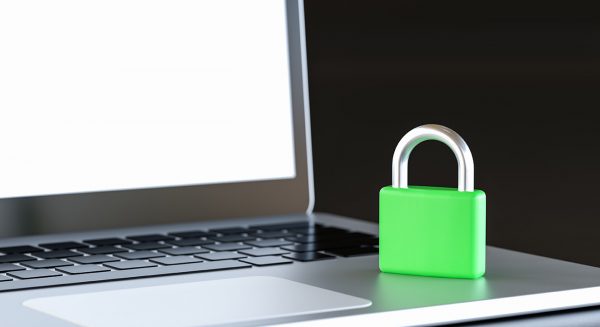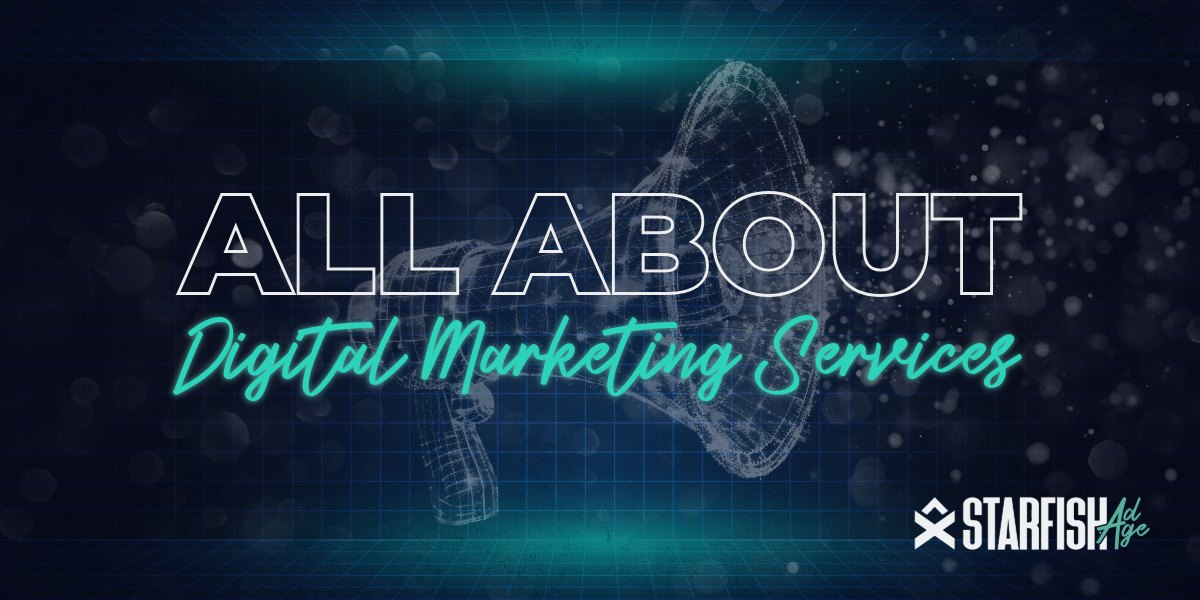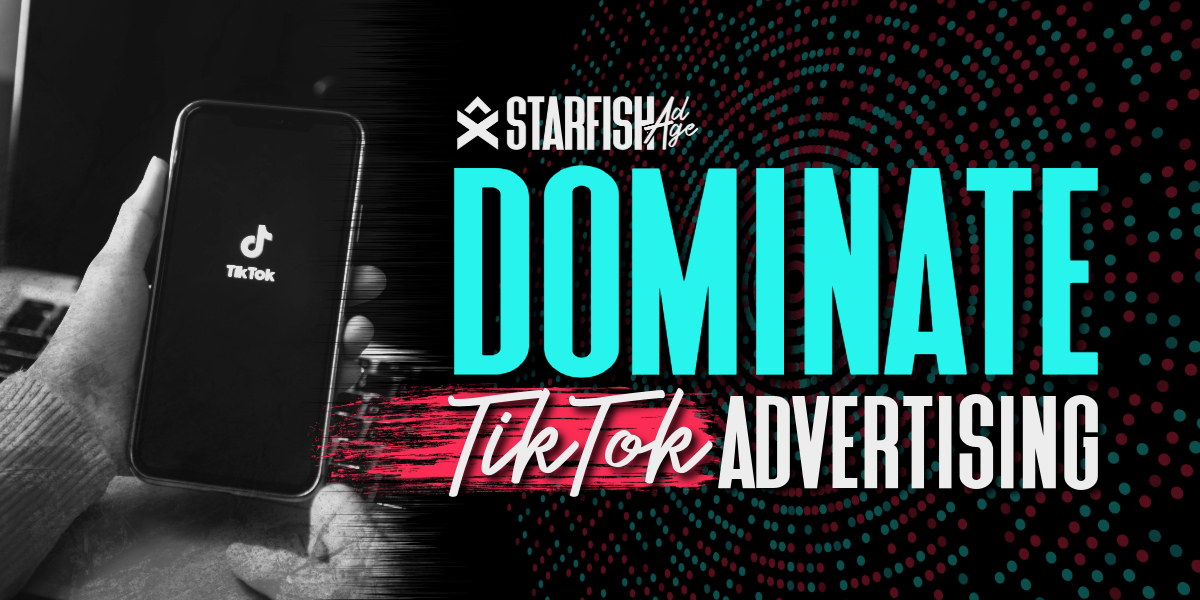
14 Digital Marketing Solutions to Grow Your Business
14 Essential Digital Marketing Solutions to Boost Your Business Growth

What is a Data Clean Room? Due to the disappearance of cookies and other item identifiers, data clean rooms are growing in popularity. What does a data clean room look like? It’s a safe and neutral place for data collaboration and business partnerships to exist without either party (or parties) having access to the other’s customer information. Data scientists can use data in a way that better plans, activates, and measures across the ecosystem thanks to privacy controls such as encryption. Data never leaves the data owner’s control, creating a better balance between privacy and utility. While many use cases are between two enterprises, data clean rooms can also be used across the same enterprise for the same reasons. Think of clean rooms as a worthwhile addition to the data governance toolbox.
Cookies are not the only identifiers that can track your online movement. For example, your device’s IP address and MAC address are unique identifiers that can be used to track and identify you. In addition, cookies have been criticized for being easy to deactivate. Furthermore, regulatory bodies have become increasingly aware of the challenges of ad-based revenue models. These challenges have given rise to a range of regulatory challenges that are designed to protect the rights of consumers and users of the internet. The first of these challenges is an increasing interest in the ethical and legal use of the data that networks allow their users to access. Traditionally, the information found on internet networks has been free for all to use. However, this state of affairs has been criticized for harming individuals who feel that their privacy has been invaded by other users. The use of data clean rooms has been proposed as a solution that can be used to avoid such criticism.
Operating in the gray area between public and private data gathering has its challenges. To protect their business interests and avoid infringing on regulations, data collectors must adhere to strict confidentiality agreements. These agreements prohibit collectors from sharing their clients’ data with third parties. Data clean rooms can be used to solve this problem. These trusted and non-affiliated partnerships let businesses access data without having to worry that their client’s data has been accessed by an outsider.
It’s important to note that the advantages of using data clean rooms extend beyond the privacy and security benefits, and into the areas of optimization, personalization, and measurement. With data clean rooms, companies can achieve better results from the data they collect. Whether that’s from a deeper level of targeting or a more meaningful level of personalization, the outcomes are improved when you can use data in a controlled, controlled environment.
For example, an online ad might send you an email outlining the benefits of a specific product. The email might be more personalized if it contained information collected from your online browsing habits and other data that you have provided to the advertiser. Data clean rooms can be extremely helpful in achieving this level of personalization. Privacy controls, such as encryption, let you decide who can access your data. You can choose whether certain products are added to your shopping list or whether certain coupons are applied to your account.
As technology evolves, so does the need for data management. Companies are realizing that data management isn’t just about harvesting information, but about transforming it into actionable intelligence. Data clean rooms are one way for companies to achieve this transformation and create a better customer experience for their customers. With data clean rooms, companies can create environments that are safe, secure, and compliant. Data clean rooms should not be confused with data silos. Unlike silos that keep data separate and inaccessible to one another, data clean rooms let data in a controlled environment. Data clean rooms also let companies use their data to improve their business outcomes and personalize their customers’ experiences. These clean rooms are a great way to ensure your data is protected while also allowing it to be used to create better experiences for your customers.
-Mindy Lewellen, CEO

14 Essential Digital Marketing Solutions to Boost Your Business Growth

Learn about SEO, PPC, social media marketing, content marketing, and more to drive traffic and conversions. Read now!

Learn how to select the best digital marketing agency for your small business, the benefits of hiring an agency, and tips for maximizing your online presence.

Learn how to leverage TikTok advertising, ad formats, targeting options, and best practices to increase brand awareness, and drive sales.

Learn about Connected TV (CTV) ads, their benefits, and how they work. Understand programmatic CTV advertising for effective digital marketing campaigns.
All Rights Reserved | Starfish Ad Age LLC | 2023 | Privacy Policy